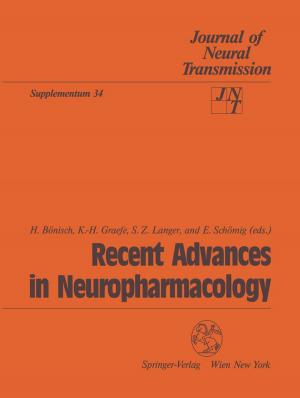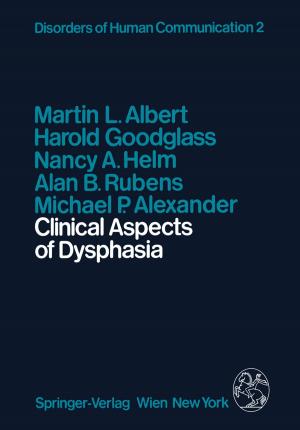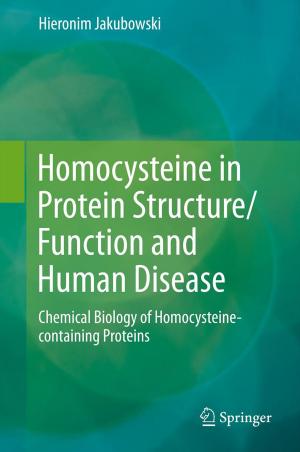Prevention and Treatment of Delayed Ischaemic Dysfunction in Patients with Subarachnoid Haemorrhage
An Update
Nonfiction, Health & Well Being, Medical, Surgery, Neurosurgery, Specialties, Internal Medicine, Neurology| Author: | ISBN: | 9783709190142 | |
| Publisher: | Springer Vienna | Publication: | December 6, 2012 |
| Imprint: | Springer | Language: | English |
| Author: | |
| ISBN: | 9783709190142 |
| Publisher: | Springer Vienna |
| Publication: | December 6, 2012 |
| Imprint: | Springer |
| Language: | English |
During the last meeting of the European Association of Neurosurgical Societies (Barcelona 7-16 September 1987), a Symposium was devoted to the use of calcium antagonists in cerebral vasospasm. As shown by its title "Prevention and treatment of delayed ischaemic dysfunction in patients with subarachnoid haemorrhage: an update", papers presented at the Symposium covered a broad spectrum from some basic data on pathophysiology of subarachnoid haemorrhage (SAH) and delayed ischaemic dysfunction, to the clinical use of nimodipine, which has been largely documented among calcium inhibitors for its cerebrovascular properties. This supplementum of Acta Neurochirurgica is based upon the papers presented. Some articles, however, have been extended to take into account further results in order to present a broad view of the subject. The Symposium started with two presentations concerning general aspects of SAH: in the first one, B. Voldby reviewed the pathophysiological events following SAH: if modifications of intracranial pressure (ICP) and decrease of cerebral blood flow (CBF) are the primary alterations, metabolic changes (particularly reduction in CMR0 ) 2 contribute rapidly to disturbances of brain circulation. A variety of mechanisms may be responsible for the neurological dysfunction: most of them are directly related to the reduction in cerebral perfusion pressure (CPP) which may result in ischaemia. This fall in CPP (either due to elevation of ICP or reduction of mean arterial blood pressure) is observed under different pathophysiological conditions, discussed in the paper by A. D. Mendelow.
During the last meeting of the European Association of Neurosurgical Societies (Barcelona 7-16 September 1987), a Symposium was devoted to the use of calcium antagonists in cerebral vasospasm. As shown by its title "Prevention and treatment of delayed ischaemic dysfunction in patients with subarachnoid haemorrhage: an update", papers presented at the Symposium covered a broad spectrum from some basic data on pathophysiology of subarachnoid haemorrhage (SAH) and delayed ischaemic dysfunction, to the clinical use of nimodipine, which has been largely documented among calcium inhibitors for its cerebrovascular properties. This supplementum of Acta Neurochirurgica is based upon the papers presented. Some articles, however, have been extended to take into account further results in order to present a broad view of the subject. The Symposium started with two presentations concerning general aspects of SAH: in the first one, B. Voldby reviewed the pathophysiological events following SAH: if modifications of intracranial pressure (ICP) and decrease of cerebral blood flow (CBF) are the primary alterations, metabolic changes (particularly reduction in CMR0 ) 2 contribute rapidly to disturbances of brain circulation. A variety of mechanisms may be responsible for the neurological dysfunction: most of them are directly related to the reduction in cerebral perfusion pressure (CPP) which may result in ischaemia. This fall in CPP (either due to elevation of ICP or reduction of mean arterial blood pressure) is observed under different pathophysiological conditions, discussed in the paper by A. D. Mendelow.















